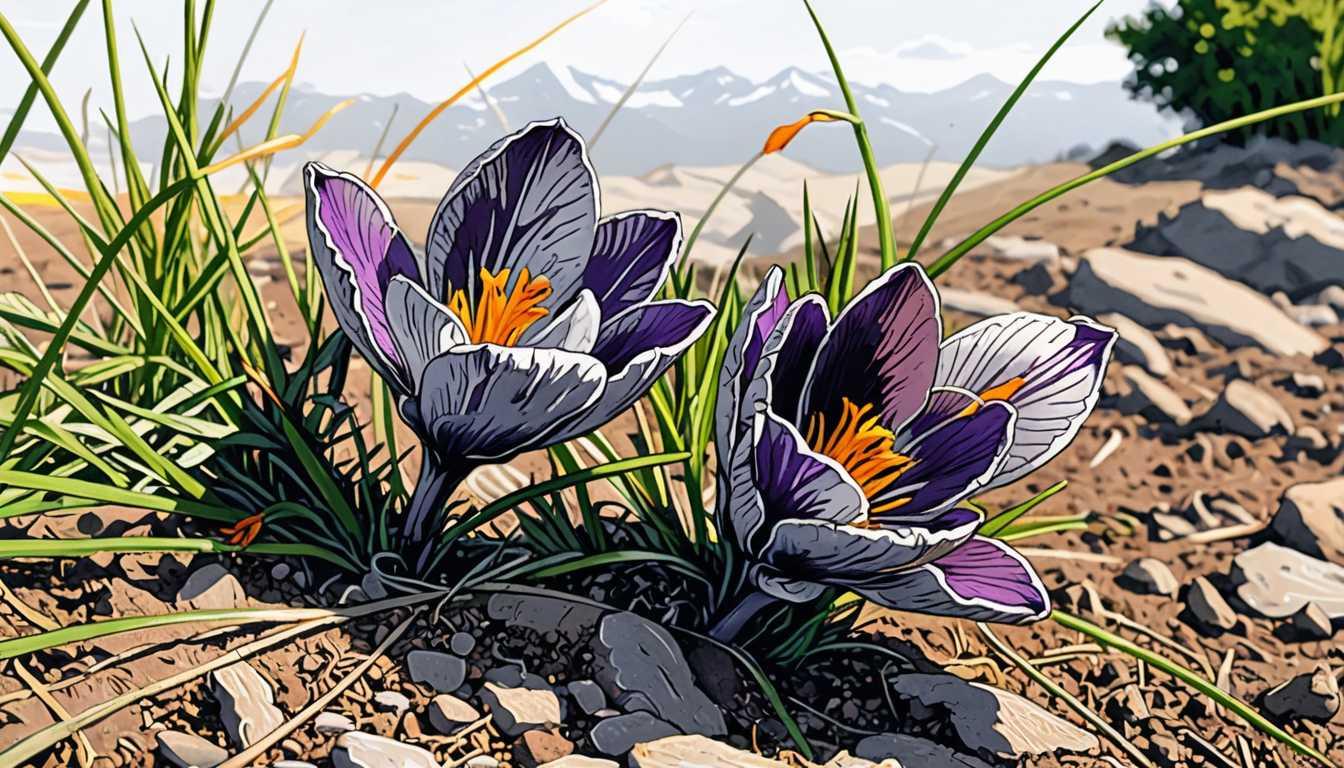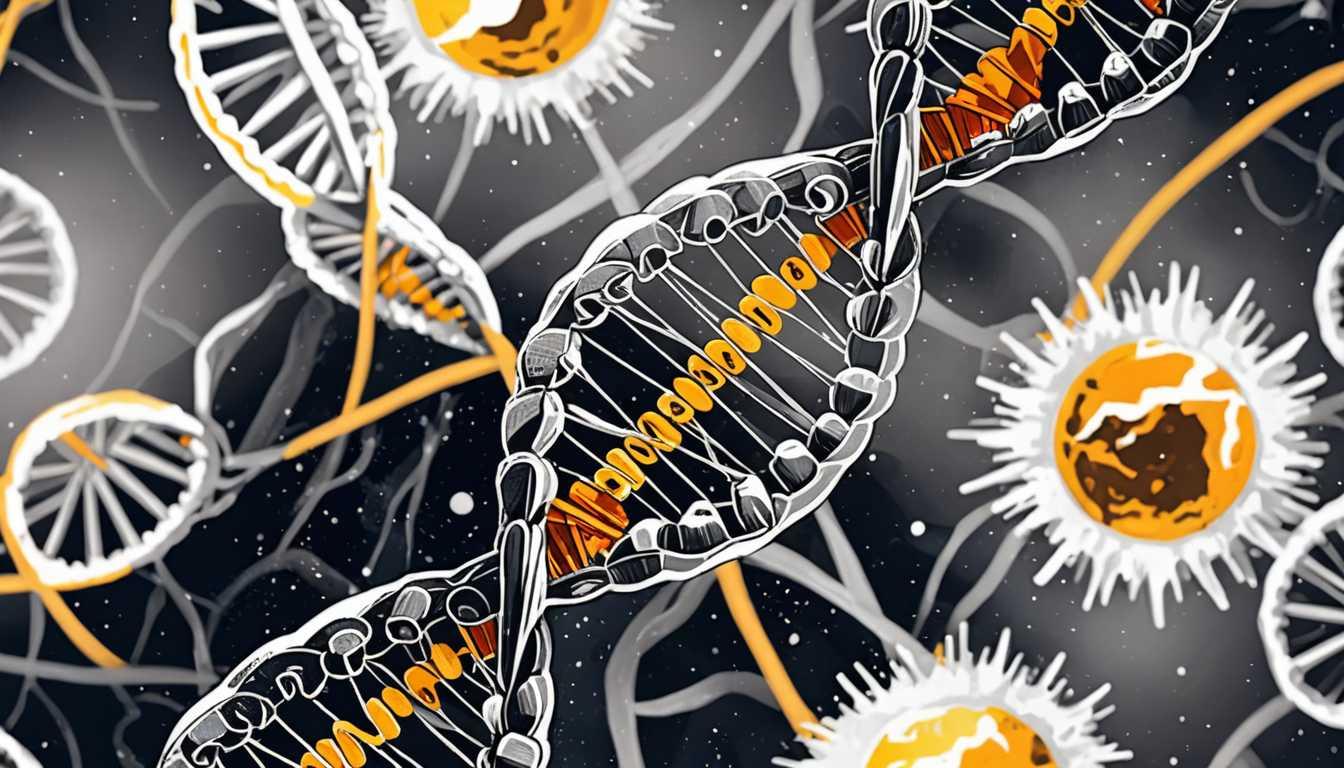Heat Seekers: Why We Love Chili
September 2022
Smithsonian Magazine
Introduction
Dive into the fiery world of chili peppers with our latest read from Smithsonian Magazine! Ever wonder why some of us can't get enough of that spicy kick, while others steer clear? From the heat-loving cultures around the globe to the thrill-seeking personalities craving that capsaicin rush, this article explores the sizzling love affair between humans and chili peppers. It's a spicy journey through history, culture, and science that might just leave you craving a dash of hot sauce on your next meal!
READ FULL ARTICLEWhy It Matters
Discover how this topic shapes your world and future
Heating Up the Conversation on Chili Peppers
Why do some humans love chili peppers? This question takes us on a spicy journey through history, culture, and science, revealing how a simple plant can influence global cuisines, economies, and identities. The chili pepper's story is not just about the burning sensation it leaves on your tongue, but about human adaptation, cultural exchange, and the pursuit of flavor that transcends borders. Understanding why chili peppers have become a staple in many diets worldwide can shed light on broader topics like globalization, agricultural practices, and even the psychology behind our food preferences. For you, this could mean exploring how the foods you love are part of a larger narrative that connects people across different cultures and continents. It's about recognizing that your plate is a mosaic of histories, technologies, and traditions, making every bite a lesson in global interconnectedness.
Speak like a Scholar
Capsaicin
The chemical compound found in chili peppers that triggers the spicy sensation. It interacts with your sensory neurons to create that fiery feeling.
Antimicrobial Properties
The ability of a substance to kill or inhibit the growth of microorganisms. Some foods, like chili peppers, naturally possess these properties, helping to preserve food.
Columbian Exchange
The widespread transfer of plants, animals, culture, human populations, technology, and ideas between the Americas and the Old World in the 15th and 16th centuries, following Columbus's voyages.
Sensation Seeking
A personality trait characterized by the search for experiences and feelings that are varied, novel, complex, and intense.
Cultural Anthropology
The study of cultural variation among humans, focusing on cultural symbolism, patterns of behavior, and how social structures influence individual choices.
Psychology of Taste
The study of how an individual's psychological factors, such as personality and previous experiences, influence their perception and preference for certain tastes.
Independent Research Ideas
The Spice of Life - A Comparative Study of Global Spice Trade Routes and Their Impact on Local Cuisines
Dive into how the spice trade shaped culinary traditions across the world, focusing on chili peppers as a case study.
Capsaicin and Cuisine - Exploring the Relationship Between Climate and Spicy Food Consumption
Investigate why hotter climates tend to have spicier foods, incorporating theories on food preservation and cultural adaptation.
The Psychology Behind the Plate - An Analysis of Sensation Seeking and Spicy Food Preferences
Explore the connection between personality traits and a preference for spicy foods, considering cultural and individual differences.
From Plant to Plate - The Evolution of Chili Peppers and Their Role in Cultural Identity
Examine how chili peppers have been integrated into various cultural identities and what they signify about regional and national identities.
Heat and Health - A Study on the Antimicrobial Effects of Spicy Foods and Their Role in Human Diet
Research the health benefits and risks associated with consuming spicy foods, focusing on the antimicrobial properties of capsaicin.
Related Articles

Carrots: WWII's Mythical Night Vision
August 2013
Smithsonian Magazine

Saffron: A Spice Worth Gold
March 2024
JSTOR Daily

Buzzing Through Time: Mummified Bees
August 2023
Smithsonian Magazine

Breaking Cycles: Trauma, Genes, and Justice
May 2023
UC Berkeley

Mapping Ancient Migrations Through DNA Magic
January 2025
King's College London - News